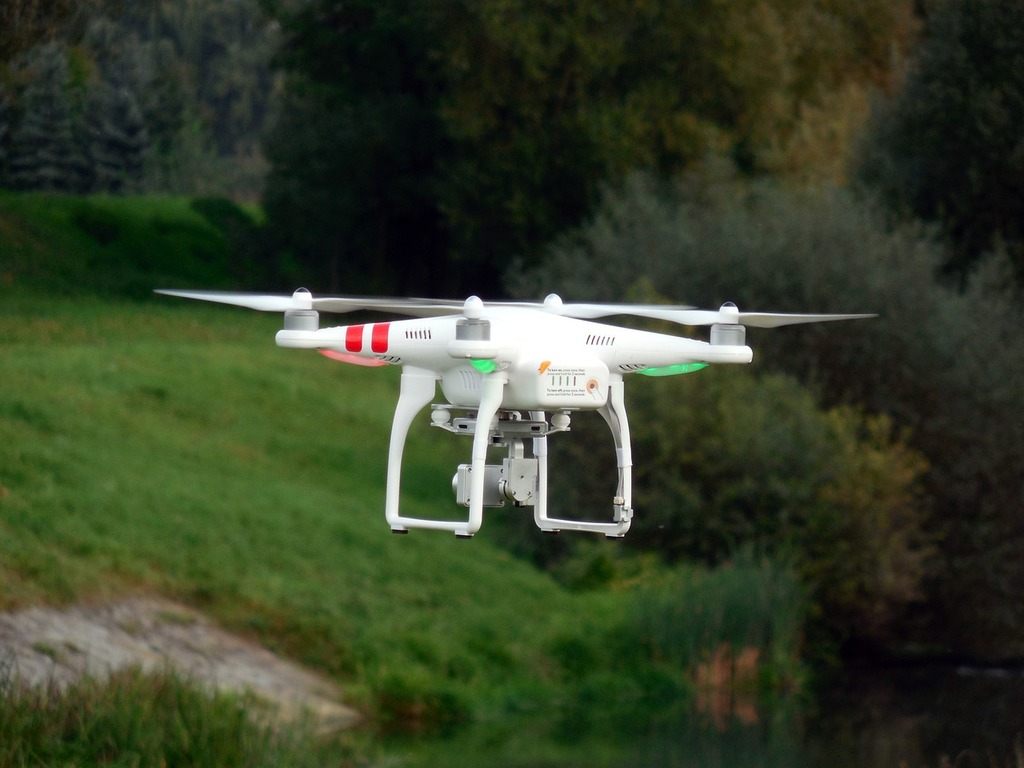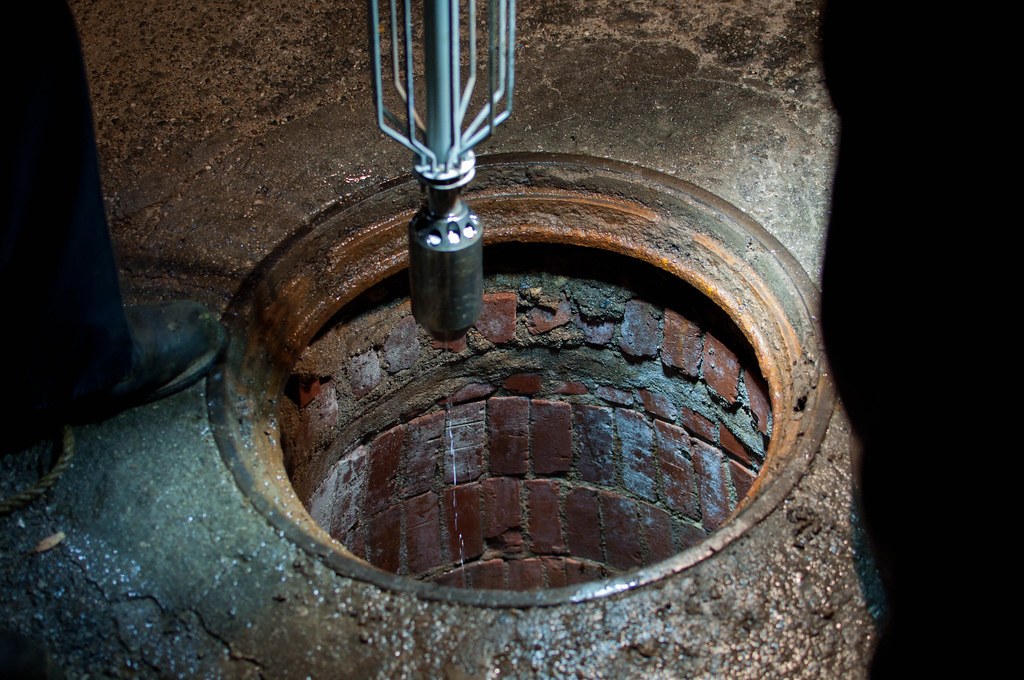Charting India’s Drone Policy Landscape: Regulation, Innovation, and Inclusive Growth
India’s approach to drone policy reflects a careful balance between fostering technological innovation and ensuring public safety. Over the past decade, the government has crafted a robust regulatory framework, introduced targeted incentives, and launched digital platforms to streamline compliance. These measures are shaping a dynamic ecosystem where drones are poised to revolutionize sectors from agriculture to healthcare. This section delves into the core policy content, highlighting regulatory milestones, innovation incentives, integration challenges, and the perspectives of leading Indian experts.
Regulatory Foundations: The Drone Rules 2021 and Digital Sky Platform
The Directorate General of Civil Aviation (DGCA) established the Drone Rules 2021 as the cornerstone of India’s drone regulatory framework. These rules mandate drone registration, pilot licensing, and operational ceilings—such as the 400-feet altitude limit—to ensure safety and accountability. The rules also delineate “green,” “yellow,” and “red” zones, specifying where drones can operate freely or require special permissions.
To streamline compliance, the Ministry of Civil Aviation launched the Digital Sky Platform, a pioneering online portal for drone registration, permission acquisition, and real-time airspace mapping. This digital-first approach has significantly reduced bureaucratic hurdles, enabling faster deployment of drones for commercial and public service applications.
Incentivizing Indigenous Innovation: PLI Scheme and IndiaAI Mission
Recognizing the strategic importance of self-reliance, the government introduced the Production Linked Incentive (PLI) scheme for drones and drone components in 2021. This initiative offers financial incentives to domestic manufacturers, aligning with the Atmanirbhar Bharat (Self-Reliant India) vision. The scheme has already attracted significant investments, with startups like ideaForge and Garuda Aerospace scaling up local production and R&D.
Parallelly, the Ministry of Electronics and Information Technology (MeitY) is advancing the IndiaAI mission, which promotes the integration of artificial intelligence with drone technology. This mission supports pilot projects in precision agriculture, disaster management, and public health. For example, AI-powered drones were deployed for crop monitoring in Punjab, leading to early pest detection and improved yields. These policy-driven initiatives are positioning India as a global hub for drone innovation.
Navigating Regulatory Challenges: Airspace Integration and BVLOS Operations
Despite notable progress, regulatory harmonization across states and seamless integration of drones into national airspace remain complex challenges. The current framework restricts most operations to visual line of sight (VLOS), limiting the scalability of commercial drone deliveries. The government is actively piloting amendments to enable beyond visual line of sight (BVLOS) operations, a critical step for sectors like e-commerce and logistics.
A recent BVLOS trial in Bengaluru, conducted under DGCA supervision, demonstrated the feasibility of long-range drone deliveries but also highlighted the need for advanced air traffic management systems.
Sectoral Applications and Policy Alignment: Healthcare, Agriculture, and Disaster Response
India’s National Drone Policy explicitly prioritizes the deployment of drones in key sectors. In healthcare, drones have been used to deliver vaccines and medical supplies to remote areas in Telangana and Meghalaya, reducing delivery times and improving last-mile connectivity. In agriculture, government-backed pilots in states like Maharashtra have demonstrated the efficacy of drones for crop spraying and soil health monitoring.
The National Disaster Management Authority (NDMA) has incorporated drones into its disaster response protocols, using them for real-time damage assessment and search-and-rescue operations during floods and cyclones. These applications underscore the policy’s alignment with national priorities such as rural development, food security, and disaster resilience.
Expert Perspectives: Indian Thought Leadership on Drone Policy
Indian experts emphasize the importance of adaptive regulation and public-private collaboration. Dr. Ankit Kumar, a policy researcher at the Indian Institute of Science (IISc), notes, “India’s progressive drone policy is a model for balancing innovation with public safety. However, continuous stakeholder engagement and capacity-building at the state level are essential for effective implementation.”
The Centre for Internet and Society (CIS) has called for clearer data privacy guidelines as drones increasingly collect sensitive information. Meanwhile, the National Law School of India University (NLSIU) advocates for harmonized state regulations to prevent policy fragmentation.
—
India’s evolving drone policy framework is unlocking new possibilities for innovation, economic growth, and public service delivery. Through targeted incentives, digital platforms, and sectoral alignment, the government is laying the groundwork for a safe, inclusive, and globally competitive drone ecosystem.













